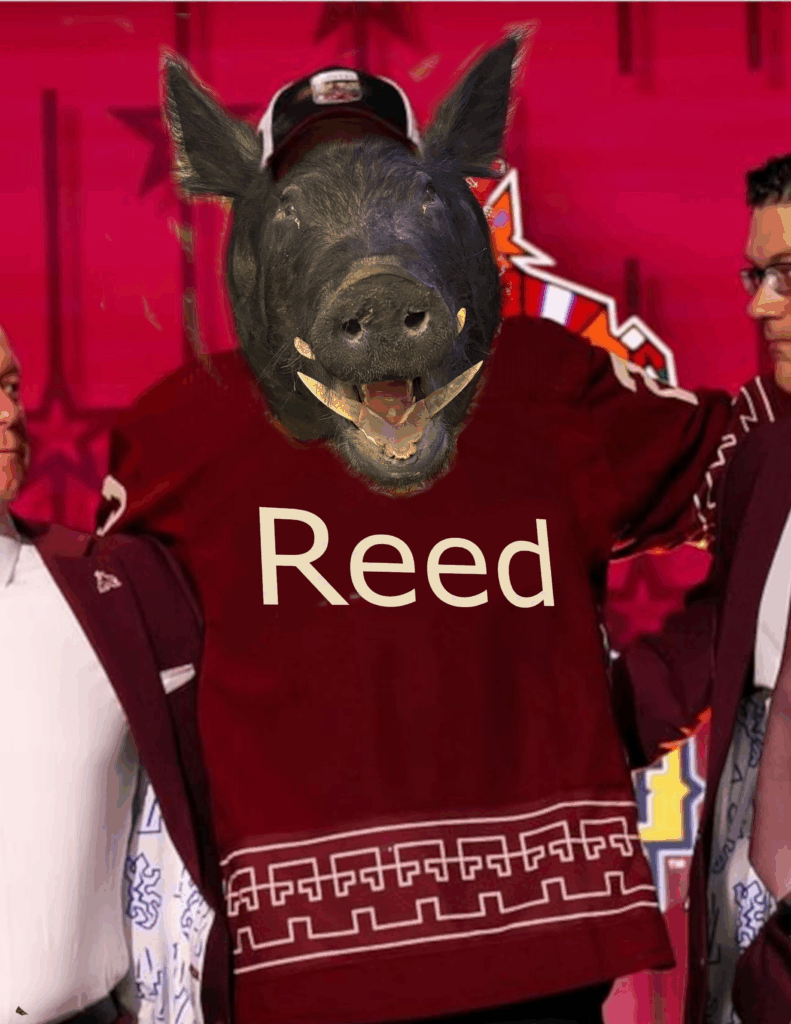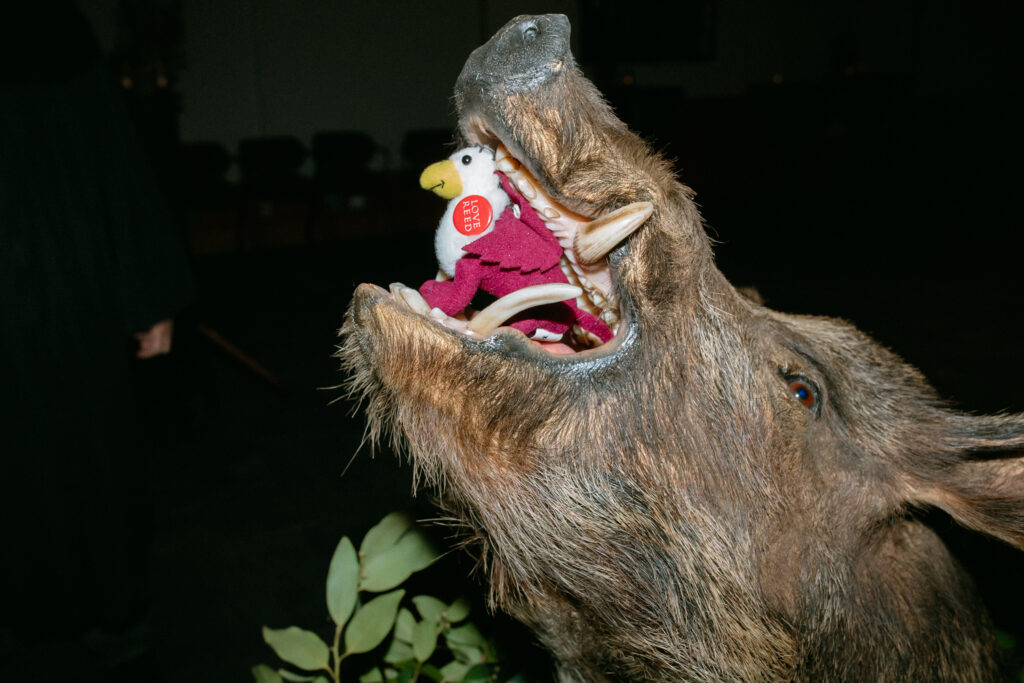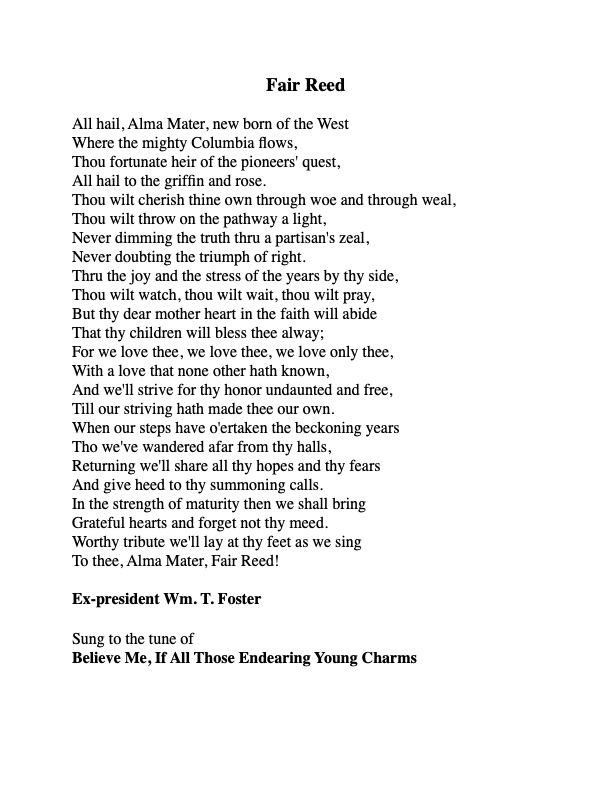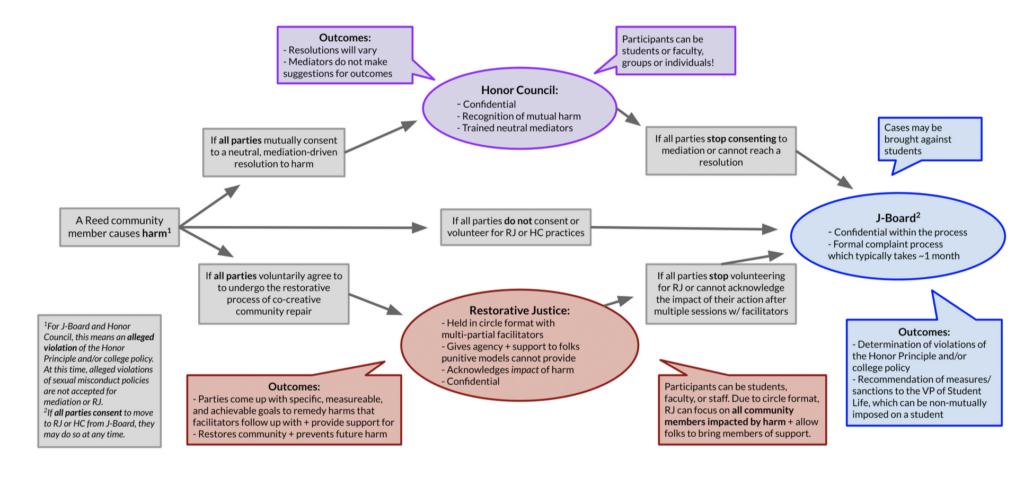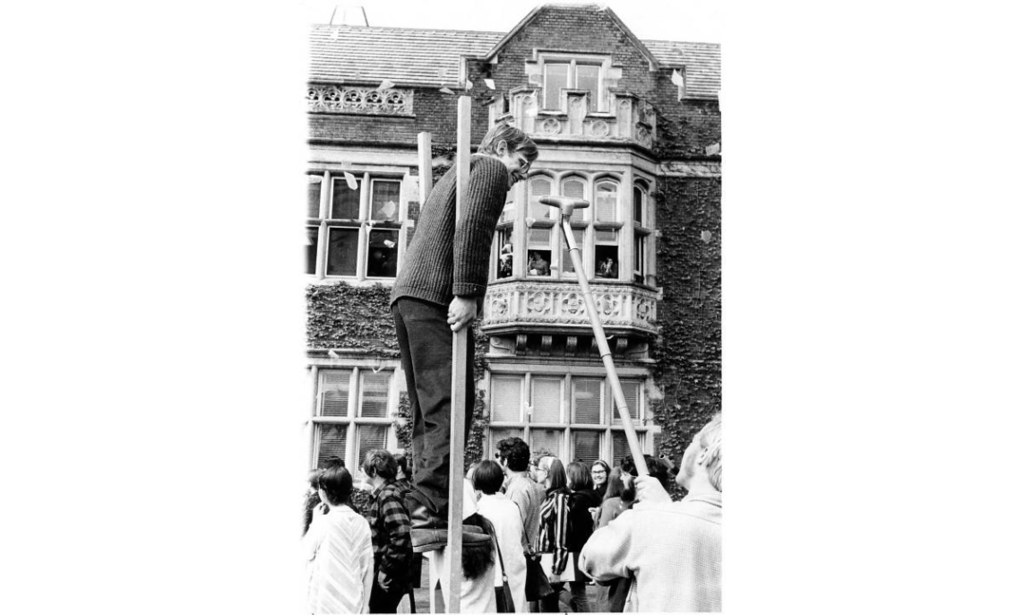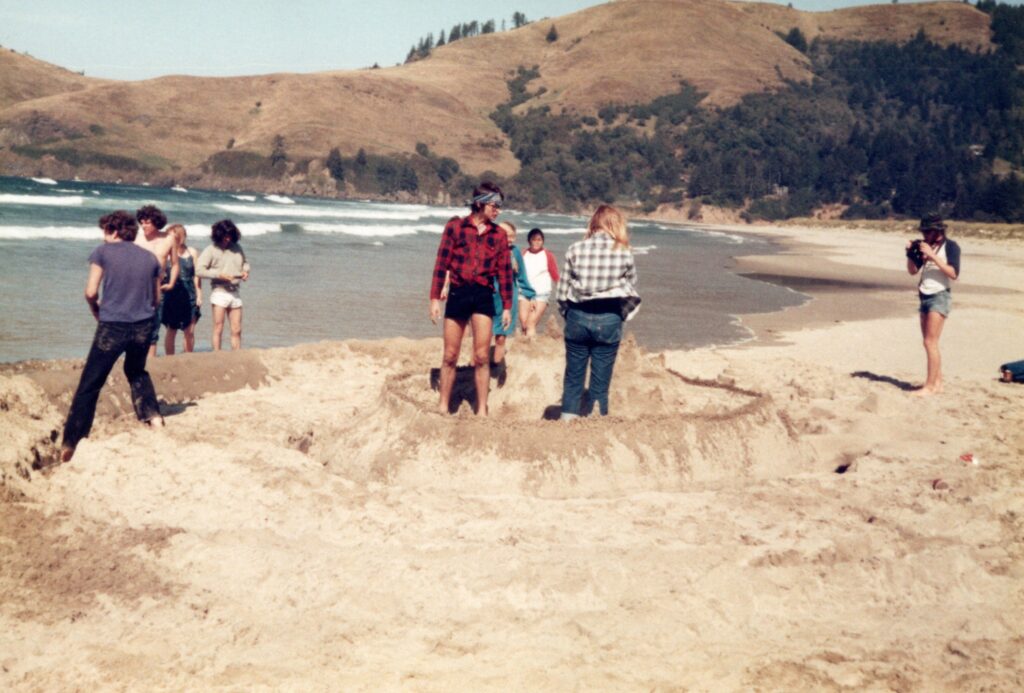Harry Mersmann ’82 helmed a Hum 110 Alumni Book Club this year, and he enriched his group’s virtual romp through the syllabus by creating a cocktail recipe for them to enjoy from their own homes. Harry shares these recipes with all who are interested, to accentuate their own visit to ancient Sumer and Babylon, Pharaonic Egypt, ancient Israel and Yehud, the Persian empire, and the archaic and classical Greek city-states.
Unit I: Gilgamesh / The Limits of Civilization: Walls and Other Boundaries
For Gilgamesh, given how much death there is in the text, I went simple with a Death in the Afternoon (1 ½ oz absinthe topped with 5oz sparkling wine), although Hemingway might have been cranky.
Unit II: Sinuhe & Eloquent Peasant / Hierarchies and Boundary Crossing
Sinuhe’s Journey Cocktail
Ingredients:
- 2 oz Pomegranate juice (symbolizing life and fertility)
- 1.5 oz Gin (representing the journeys and encounters)
- 0.5 oz Honey syrup (1:1 honey and water, for sweetness)
- 0.5 oz Fresh lemon juice (for balance)
- 1 oz Fresh cucumber juice (for a refreshing note)
- A dash of cardamom bitters (to evoke the spices of the ancient world)
- Fresh mint leaves (for garnish)
- Pomegranate seeds (for garnish)
Method:
- Prepare the Cucumber Juice: Blend fresh cucumber and strain to extract the juice.
- Mix the Ingredients: In a cocktail shaker, combine pomegranate juice, gin, honey syrup, lemon juice, cucumber juice, and a dash of cardamom bitters.
- Shake: Fill the shaker with ice and shake well until chilled.
- Strain and Serve: Strain the mixture into a chilled glass filled with ice.
- Garnish: Top with fresh mint leaves and a sprinkle of pomegranate seeds.
- Enjoy: Sip and reflect on Sinuhe’s adventures and the rich tapestry of ancient Egypt.
Optional Twist:
For a sparkling version, top with a splash of soda water or sparkling wine to add effervescence, reminiscent of the Nile’s vitality.
This cocktail captures the essence of Sinuhe’s journey through the use of rich, vibrant flavors and symbolic ingredients, making it a delightful nod to the ancient narrative!
Unit III: Genesis / Making Order
The Forbidden Fruit
Ingredients:
- 1 oz Honeycrisp apple vodka
- 1 oz Peach Vodka
- ½ oz lemon juice
- 6 oz lemon-lime soda
Method:
Serve over ice in a Collins glass or even better, a hollowed-out pineapple, orange, papaya, or coconut. Garnish with your choice of earthly delights or an edible orchid.
Unit IV: Exodus and Theogony / Making Order II
The Burning Bush Cocktail
A fiery, aromatic drink with layers of flavor to evoke the spiritual and dramatic journey of Exodus.
Ingredients
- 2 oz mezcal (symbolizing the smoky presence of the burning bush)
- 1 oz pomegranate juice (representing the plagues and sacrifice, as pomegranate is a biblical fruit)
- 0.5 oz honey syrup (milk and honey: the Promised Land)
- 0.75 oz fresh lemon juice (purification and renewal)
- Dash of bitters (reminders of bitterness in slavery)
- Sprig of fresh rosemary (burning bush garnish)
- Optional: edible gold dust (symbolizing wealth and idolatry, like the golden calf)
Method:
- Add mezcal, pomegranate juice, honey syrup, lemon juice, and bitters to a shaker with ice.
- Shake well until chilled.
- Strain into a rocks glass over a large ice cube.
- Light a sprig of rosemary on fire briefly, extinguish, and place it in the drink as a garnish to represent the burning bush.
Unit VII: The Oresteia / Democracy, Citizenship and Exclusion
The House of Atreus
Style: Smoked, complex, and bittersweet. A dark Greek twist on a Manhattan.
Ingredients:
- 2 oz Metaxa 7-Star Brandy (Greek brandy, smooth and spiced)
- 0.75 oz Sweet Vermouth (symbolic of the tangled web of fate)
- 0.25 oz Cherry Heering (for the bloodline… and the blood)
- 2 dashes Angostura bitters (for the bitter weight of justice)
- 1 dash orange bitters (citrusy contrast to balance fate and revenge)
- Optional: A smoke rinse (burning rosemary or oak woodchip, for that sacrificial temple vibe)
Garnish:
- Luxardo cherry speared through a bay leaf (bay for Apollo, the god who ultimately sanctions Orestes’ revenge)
- Orange peel, flamed
Glassware:
Instructions:
- If using, prepare your smoke rinse by capturing smoke in the glass (burn a sprig of rosemary or woodchip, invert the glass over it for a few seconds).
- In a mixing glass with ice, stir the brandy, sweet vermouth, Cherry Heering, and both bitters until well chilled.
- Strain into the smoke-rinsed glass.
- Garnish with the bay-leaf-cherry spear and a flamed orange peel.
Mood:
To be sipped slowly while contemplating divine justice, blood oaths, and the price of retribution. This is a drink that honors Clytemnestra’s cunning, Agamemnon’s arrogance, and Orestes’ tragic duty.
Unit VIII: Thucydides / Speech in Crisis
The Peloponnesian Old Fashioned
This is a brooding, contemplative take on the classic Old Fashioned. It combines Athenian elegance with Spartan austerity, symbolizing the war between ideals and realities. Aged spirits represent history’s weight, while bitters and herbs capture the war’s moral ambiguity. A cocktail best enjoyed slowly, in deep conversation about fate, politics, and the unchanging nature of human ambition.
Ingredients:
- 2 oz barrel-aged Greek Metaxa 12 Stars (or a quality brandy or bourbon if unavailable)
- 0.25 oz spiced honey syrup (honey, cinnamon, clove, black pepper)
- 2 dashes black walnut bitters
- 1 dash Peychaud’s bitters (for a hint of drama and complexity)
- Expressed lemon peel
- Sprig of thyme (symbolizing remembrance and valor)
Method:
- Combine Metaxa (or chosen base spirit), spiced honey syrup, and bitters in a mixing glass with ice.
- Stir deliberately, like a general weighing the cost of war.
- Strain into a rocks glass over a large ice cube.
- Express lemon peel over the drink and drop it in.
- Garnish with a sprig of fresh thyme, slightly singed for aroma—like the smoldering remnants of a besieged city.
Unit VIII pt 2: Plato / Speech in Crisis
The Socratic Hemlock
This drink is a philosophical paradox in a glass—simple yet profound, herbal yet bright. It pays homage to Socrates’ calm acceptance of death in Apology and his rational refusal to escape prison in Crito. The name references the infamous poison Socrates drank, but this version invites reflection, not demise. This is a drink for those unafraid to examine their convictions—and to sit with questions that have no easy answers.
Ingredients:
- 1.5 oz gin (preferably herbaceous, like Hendrick’s or a Greek gin such as Grace)
- 0.5 oz green Chartreuse (symbolizing hemlock—bitter, herbal, mysterious)
- 0.5 oz fresh lemon juice (clarity and moral sharpness)
- 0.25 oz honey syrup (2:1 honey to water — tempering the bitterness with ethical sweetness)
- 1 dash celery bitters (a nod to the philosopher’s austerity and reason)
- Fresh sage leaf (garnish—representing wisdom)
Method:
- Shake all ingredients with ice.
- Double strain into a coupe glass.
- Garnish with a single sage leaf placed gently on the surface.
- Optional: Serve with a small side of chilled water—mirroring Socratic dialogue: the companion to a deep experience.
I encourage you to craft a cocktail and sit down with the accompanying book from the syllabus; perhaps a few ounces of Metaxa help make Agamemnon more sympathetic!
Looking forward to mescal in Year Two,
Tess Buchannan ’21

